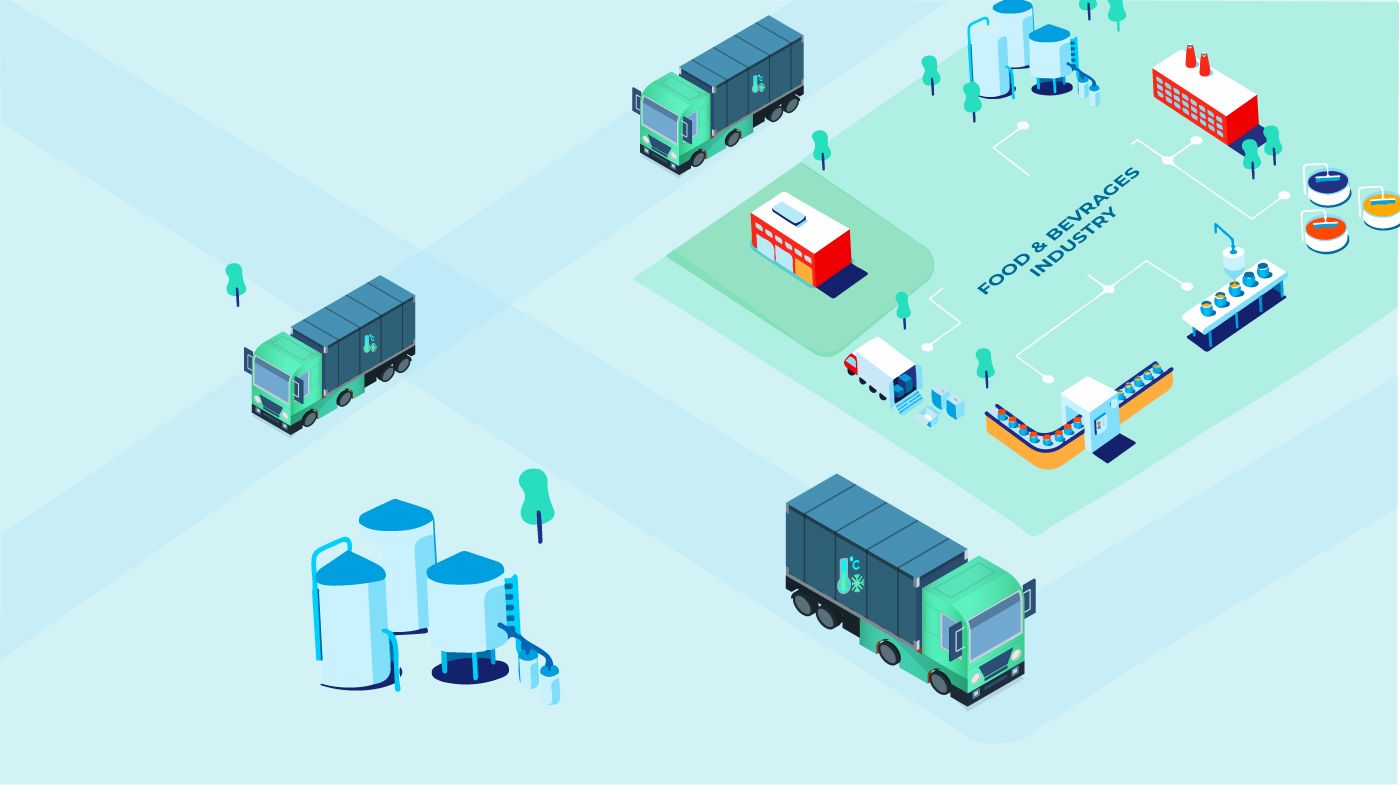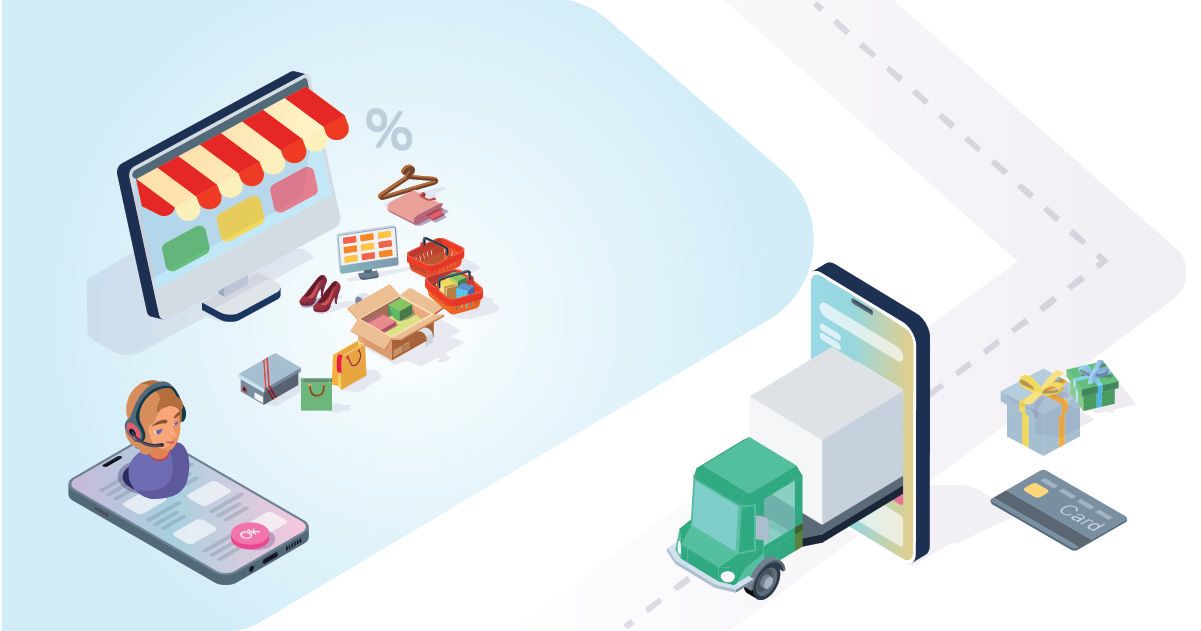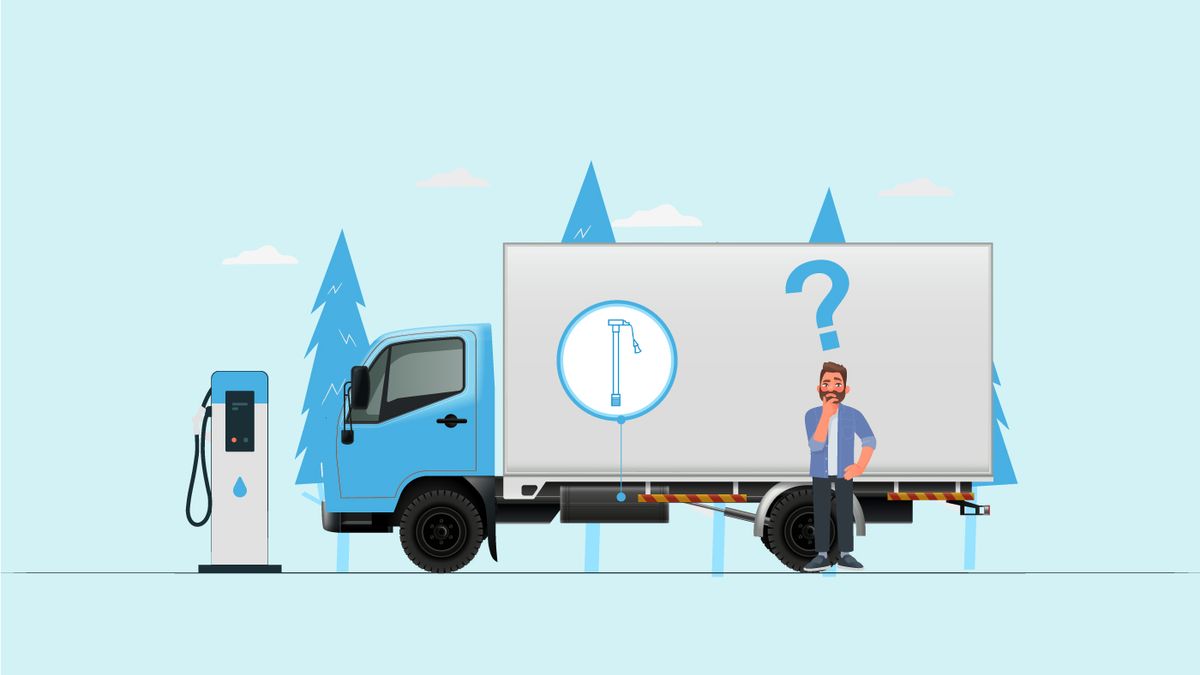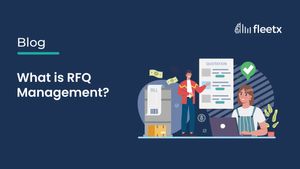
The food & beverage industry is vast and serves various consumers. From the chips we eat to the coffee we order to the meat we purchase at supermarts, the timely availability of all these goods relies on the smooth functioning of the complex supply chain mechanism that makes the availability of all these goods possible. In case even one aspect of the supply chain in the food & beverage industry fails, the consumers end up seeing an ‘Out of Stock’ or ‘Product unavailable’.
What happens when the supply chain in the food & beverage industry fails?
In logistics, identifying inefficiencies and problems requires a concrete understanding of the players or components involved. Thus, to understand the underlying issues in food & beverage logistics, we first need to understand the key stakeholders in the Food & Beverage industry. These stakeholders and components can be broadly divided into Production, Processing, Distribution, Retail, Consumers & Last Mile Delivery. When it comes to disruptions and their impacts,
•Primary production relies on the steady supply chain of production inputs. It has never undergone any major disruptions, but disruptions in the supply chain of inputs may further lead to disruptions in the production process.
• Processing primarily involves food processing and packaging and can be equivalent to manufacturing. It is also most vulnerable to disruptions such as labour shortage, changing regulation, capacity & scaling up challenges, among others. The most recent example is the shortage of meat in the US during the covid-19 driven lockdowns due to supply chain disruptions.
• Inefficiencies and visibility problems have continued to plague the distribution system of Food & Beverage supply chain operations due to the complexities involved. Increasing consumer demand coupled with varied transportation requirements and the sheer volume of goods requiring transportation varies across products making the supply chain operation challenging. Failure to evolve to the rising challenges results in disruption leading to shortages, revenue and consumer losses.
• Retailers have traditionally been the bridge between manufacturers and consumers, and inventory data from them have been crucial for demand forecasting and optimising the entire supply chain. However, the lack of technology in inventory management for retailers has been one of the primary reasons for inaccurate demand forecasting for manufacturers and others along the supply chain, ultimately leading to the loss of business to new-age companies. For example, using technology-driven supply chain management, Amazon has continued to destroy the market share of brick-and-mortar stores across the US and other places.
• Demand for more accessible and consumer-friendly goods has created an opportunity for a more creative solution in Food & Beverage supply chain management. While challenging, new-age companies use technology to counter supply chain problems, such as employing 3PL providers. Companies Zomato, Licious, Grofers, etc., are great examples as they get ready to go head-to-head with their US counterparts in the 10-minute delivery model, which, knowing India’s supply chain problems, was impossible to think about just a few years ago.
Current trends in the Food & Beverage industry
Latest reports on the Food & Beverage industry in India have persistently focused on the need to resolve supply chain bottlenecks and inefficiencies in the sector. Indian Food & Beverage Sector: The new wave report by Grant Thornton and the Confederation of Indian Industries (CII) attributes most of the challenges related to the supply chain in the Food & Beverage industry to inadequate capacities, and most of the new business models have focused on capabilities rather than capacities. In comparison, a report by Quantzig sheds light on the regulatory changes related to logistics making it even more difficult for businesses to remain efficient.
Moreover, sustainability and reducing carbon emissions have undoubtedly been two key trends in the global logistics & supply chain sector. Businesses are continuously looking for ways to reduce their emissions related to the supply chain and become more sustainable. Technology has continued to play an essential role in helping businesses transition from traditional to sustainable. A report by Deloitte titled Industry 4.0 in Food Industry identifies sustainability in Food & Beverage industry supply chain as one of the most emerging trends. Moreover, the drive to make supply chain operations more sustainable resonates across businesses and borders.
However, the shift from 'business as usual' towards sustainability can only be achieved after other crucial problems such as supply chain visibility, improper inventory management, poor demand forecasting, and communication-related challenges. When it comes to the Indian Food & Beverage industry, it has a long way to go. Let's discuss these challenges in more detail.
Upcoming and existing challenges for the Food & Beverage industry
In this final section, we address the existing logistics & supply chain-related challenges in the Food & Beverage industry in detail. Understanding these challenges will help businesses address them, making more informed business decisions to improve efficiency and bring transparency to their operations.
1. Poor Supply Chain Visibility
India's logistics and supply chain operations lack visibility and transparency across industries because operations rely on manual interventions. Transportation in the Food & Beverage industry is more prone to such instances due to short shelf-life and temperature sensitivity. Such goods require case-sensitive packaging, handling and movement, often missing due to a lack of capacity to track shipments. As a result, cases of rejected shipments and poor handling lead to revenue loss, and negative client perception is quite common.
2. Poor Inventory Management
Inventory management using manual interventions or outdated software used by most retailers is the root cause of inaccurate inventory data provided to businesses and manufacturers. Several other aspects such as warehousing, packaging, transportation, and even production rely on inventory data, and inaccurate management can create faultlines in all the adjoining functions of the supply chain.
3. Poor demand forecasting and scheduling deliveries
Accurate demand forecasting can allow companies to minimise excess inventory, scale operations & distribution, and accordingly, adjust their transport operations. Demand forecasting is also an essential component for growth projects that is critical from an executive position for any business. However, demand forecasting also depends on accurate inventory data from the retailers, as discussed in the section above. Moreover, route planning is also crucial to the Food & Beverage industry as demand is quite volatile in the sector; thus, using data and technology, businesses and logistics providers can use delivery scheduling to improve their consumer experience and their operating efficiency. Providing clients with ETA of deliveries can be an excellent example.
4. Increasing consumer expectations
E-commerce has opened pandora's box for convenience across several sectors such as electronics, lifestyle, and furniture. Naturally, consumers began to expect the same from other industries, and Food & Beverage industry is no exception. However, Food & Beverage supply chain lacks user-friendly delivery logistics infrastructure due to the nature of goods and fragmented and disorganised supply chain. For the perishable goods segment, scaling operations to cover all geographical areas becomes challenging and resource-draining.
5. Growing regulatory challenges
The Food & Beverage supply chain management deals with several regulations and compliances to operate. The regulations range across Food & Beverage supply chain, including transportation-related compliances such as FSSAI requirements for food safety, temperature data management, and accurate driver duty log, among several other compliances. For large businesses and fleet owners, ensuring that compliances for each delivery and vehicle are met is a very resource-intensive affair and thus, making the entire supply chain more inefficient and slow. In addition, increasing regulations such as the single-use plastic ban in India, effective from July 1, 2022, will considerably affect the supply chain's efficiency.
Conclusion
The Food & Beverage industry continues to expand both in terms of consumer demand and service offering, thus, forcing businesses to evolve their supply chain management accordingly. However, expanding service offerings comes with several logistical challenges that cannot be dealt with by continuing with the same traditional and manual intensive practices that continue to be employed by businesses in the Food & Beverage distribution. Thus, the adoption of technology and digitalisation is absolutely essential for the survival of the traditional players in the industry in light of rising consumer demand and fierce competition from e-commerce players. Failure to do so would only mean bleeding market share, mounting losses, and fear of eventual closure of operations.
What is food and beverage logistics?
A specialised provider of food and beverage logistics services will keep track of the progress of your shipments, guarantee shipping correctness, and ensure on-time delivery of your goods. This can aid in risk mitigation and cost-cutting.
What is food and beverage?
Food and beverages include ice, water, alcoholic beverages, wine, mixed drinks, beer, soft drinks, soda, and other beverages that are used or intended for use in whole or in part for human consumption.







